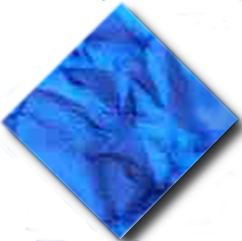Real time cylinder-cylinder and cylinder-capsule collisions in Webots
|
A Stewart platform simulated by the Webots software (Cyberbotics Ltd.) harshly stresses a stack of heterogeneous wheels. All the cylinder-shaped objects in
the scene collide realistically thanks to multiple resting contacts added to the original ODE collision detection program.
This enhancement of the physics engine allows fast and stable simulations where numerous cylinders and capsules can collide. |
Pioneer 3-DX and Pioneer 3-AT robots in Webots
Webots integrates two widely used models of Adept Mobile Robots.
|
Interactive physics simulations in Webots
|
Interactivity in Webots is increased thanks to the ability to add a custom force or a custom torque to any simulated solid.
These operations are performed by dragging the mouse. The magnitude of the physics vector is controlled by the length of the 2D arrow drawn on the screen. |
Static balance test in Webots
|
The center of mass of a robot (represented by a blue cross) is projected on the ground where the support polygon
(the convex hull of the contact points) is also drawn. According to whether the projected point lies inside or outside the support polygon,
the robot is said to be statically stable or unstable, the polygon color being green or red.
Webots allows you to display the center of mass and the support polygon of an arbitrary number of robots selected in your 3D simulation. New supervisor functions give you access to the center of mass coordinates, the contact points coordinates and the outcome of the static balance test. |
 Luc Guyot
Luc Guyot